Hearing a lot about telehealth lately? It’s not a coincidence. Telehealth is a great way to get the health care you need while still practicing social distancing.
What is telehealth?
Telehealth is the use of electronic information and telecommunication technologies to extend care when you and the doctor aren’t in the same place at the same time. If you have a phone or a device with the internet, you already have everything you need to do telehealth – you may be able to:
- Talk to your doctor live over the phone or video chat
- Send and receive messages from your doctor using chat messaging, email, secure messaging, and secure file exchange
- Use remote patient monitoring so your doctor can check on you at home. For example, you might use a device to gather ECG or other vitals to help your doctor stay informed on your progress
Did you know?
Recent federal policy changes now allow you to receive care using tools that you may already be using. As a good faith provision of telehealth during the COVID-19 nationwide Public Health Emergency, providers may use popular video chat applications with patients — including Apple FaceTime, Facebook Messenger video chat, Google Hangouts video, Zoom, or Skype. Ask your doctor what they support.
What types of care can I get using telehealth?
You might be surprised by the variety of care you can get through telehealth. Your doctor will decide whether telehealth is appropriate for your health needs.
If you need care — especially during the COVID-19 emergency — it’s worth checking to see what your telehealth options are.
For example, you may be able to get:
- General health care, like wellness visits
- Prescriptions for medicine
- Dermatology (skin care)
- Eye exams
- Nutrition counseling
- Mental health counseling
- Urgent care conditions, such as sinusitis, back pain, urinary tract infections, common rashes, etc.
Finding telehealth options
Quick tips
- Check your symptoms – several free online screening tools are available where you can enter your symptoms and find out what to do next. For COVID-19 related issues, use: CDC Coronavirus Self-Checker or COVID-19 Screening Tool.
- Make scheduled online visits – Check with your doctor or your insurance company on what telehealth options they offer and how you can schedule a visit.
- Explore on-demand options – many telehealth companies allow you to make an on-demand visit with a doctor. Use this digital health directory to find options. Some services may be free if COVID-19 related.
If you have a doctor, start by calling their practice.
Even if your doctor didn’t previously offer telehealth, doctors of many specialties are now integrating telehealth into their practice during the COVID-19 pandemic.
Here are some questions to ask when you call:
- Are you offering telehealth?
- If yes, how will you keep my health information secure?
- Is a telehealth visit a good choice for my health condition?
- How do I schedule a telehealth visit?
Check with your insurance company.
Your health insurance company can help connect you to care when you need it. They can also help you get care without leaving your home — either from a doctor or through a telehealth company.
Many health insurance companies offer:
- A free health advice line, which members can call to speak with a nurse
- Health information
- Price estimates
- Quality indicators
Some companies even offer telehealth through web-based portals or apps that can be downloaded onto your phone. To find out about your options, check your insurance company’s website — or give them a call.
Tip: Search your app store to see if your insurance company has a mobile app.
If you don’t have health insurance, you still have options.
There are several companies that offer a range of telehealth services for an out-of-pocket charge even if you don’t have insurance. To find a telehealth doctor:
- Search online – There are a few telehealth marketplaces that let you search for a telehealth provider based on the service you are looking for.Use a search engine to find these marketplaces or explore telehealth provider options independently.
- Digital health directory — Curated list of Telemedicine services available to patients and providers — set your filter to ‘Patient’ when you explore this directory. This directory is a voluntary effort by Consumer Technology Association (CTA) and American Telemedicine Association (ATA).
- Disclaimer: This list does not constitute an endorsement, certification, or recommendation of specific technology, software, applications, or products.
Federally Qualified Health Centers
Some health centers offer health care over the phone or video. Use this tool to find a health center near you, and ask if they provide telehealth.
Other emergency hotlines
- For help with mental and/or substance use, visit the SAMHSA Helpline or call 1-800-662-HELP (4357).
- For help if you’ve swallowed, splashed, or gotten stung by something, visit the Poison Control Hotline or call 1-800-222-1222.
Disclaimer: The reference to named video- and text-based communications software for telehealth is informational and not intended as an endorsement of those services.
Source: Telehealth.HHS.gov
If you’re enrolled in an Arc WC sponsored health plan, you have access to Teladoc. Teladoc connects you with a board certified physician and is available 24/7/365 at Teladoc.com/Aetna or by calling 1-855-Teladoc (1-855-835-2362).

